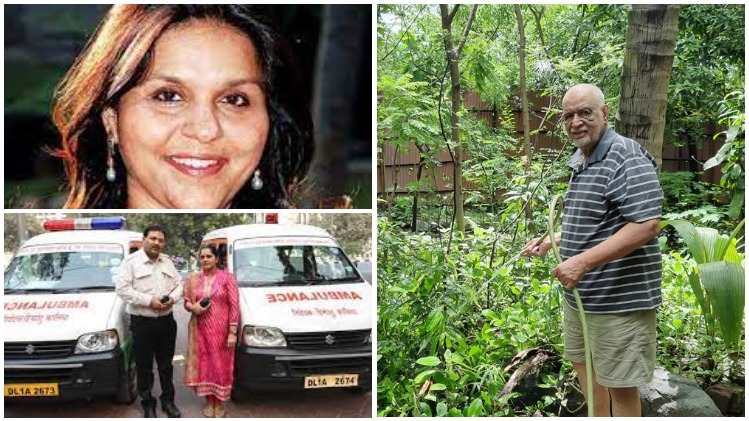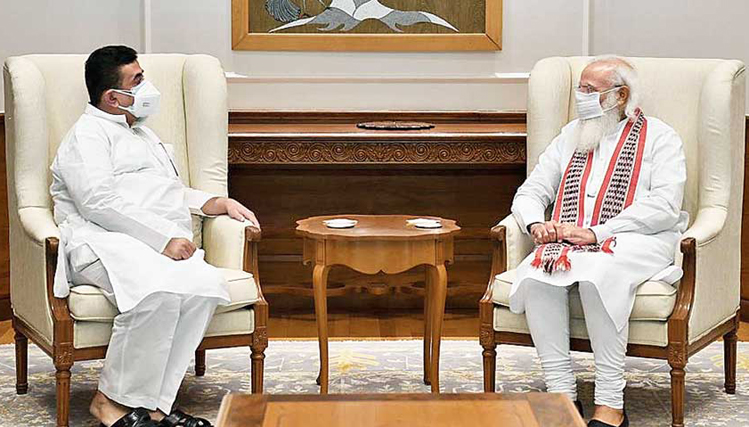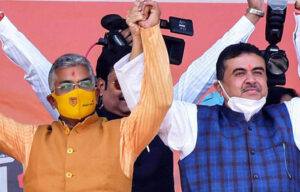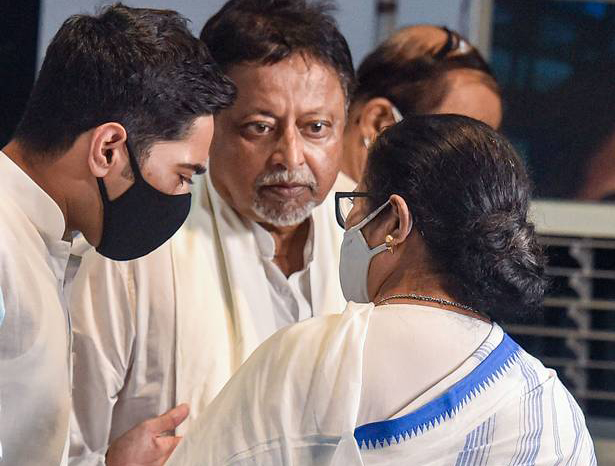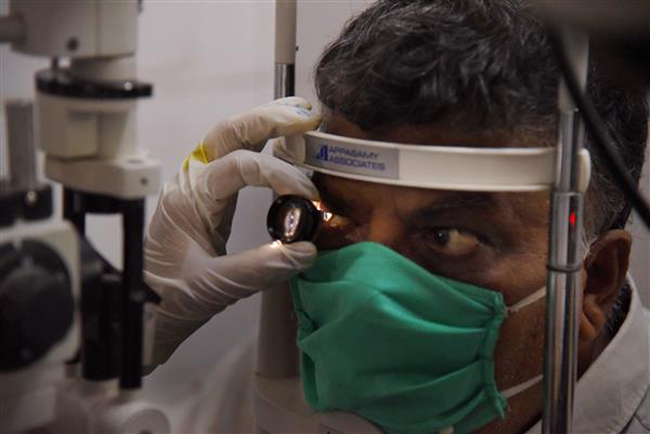Kolkata: About a week back, Bengalis on social media were pleasantly surprised by the emergence of a video clip where a beautiful girl is seen singing “amaro porano jaha chay”, one of Rabindranath Tagore’s most popular compositions, as an equally handsome young man listens with eyes wide open. This romantic situation is as common for Bengalis as mustard oil to cook hilsa, albeit these were Pakistani actors Yumna Zaidi and Feroze Khan. They were speaking in Urdu but the song was in impeccable Bangla, that too, a Rabindrasangeet! The clip soon went viral among Bengalis. Sure there were doubters who asked if it was a carefully done deep fake, but enterprising Bengalis soon found out that it was actually a scene from Geo TV’s 2019 serial Dil Kya Kare. They even found that director Mehreen Jabbar had herself posted another sequence on Instagram, where Yumna is seen singing the other part of the same song.
It was enough to make everyone in Bengal curious about Mehreen. How did a Pakistani lady like her come to know of a Rabindrasangeet? Who sang the song for her? Why did she decide to use a Bangla song in an Urdu serial? And, of course, that question every Bengali asks at the drop of a hat: is Mehreen somehow connected to Bengal?
She not only answered those, taking time out of her busy schedule, but also spoke about the subcontinent’s shared cultural heritage and how politics often makes us forget how similar we, the people of India, Pakistan and Bangladesh, are. Excerpts from the exclusive interview to eNewsroom:
How did you find Rabindranath Tagore? I know you have worked with people like Debajyoti Mishra and Nandita Das but is there a bigger Bengal connection that led you to him?
I found this piece because my friend Sharvari Deshpande [Indian actor and singer], who sang it, was in New York some years back, and she had sung it at a gathering. I was immediately drawn to the song even though I didn’t understand the words. Later, I got her to send the translations to me and I totally fell in love with it, knew that I wanted to use it in the serial because it gelled well with the character of Yumna Zaidi. Therefore, I asked Sharvari to record it and send it to me.
Have you read Rabindranath in original or via translation? Has he become a habit for you or do you read him/listen to his songs occasionally?
I had never read him either in original or through translation, so it was a discovery for me as well. Going forward, I’m intrigued and curious because I simply fell in love with him. This is an education for me, which I hope to take farther.
What prompted you to use a Rabindrasangeet in an Urdu serial?
It was purely an emotional response. I loved the song so much and by pure luck, it was fitting in really well with two or three scenes I used the piece in. It wasn’t in the script to start with. I think that came about later, when I was going through the story [by Asma Nabeel], and felt at these places this would be the most appropriate piece to use.
Is it common among Pakistani youth to sing Rabindrasangeet? Do they really sing them among themselves as shown in the serial?
Unfortunately, it’s not that common unless people have family who are Bengali, or lived in Bangladesh, or know about West Bengal. I’m sure there are such people in Pakistan but I haven’t been part of any such gathering. So, this was a new situation that we depicted.
You were born the year Bangladesh seceded from Pakistan and became an independent country. The conflict started over the use of Urdu over Bangla in the then east Pakistan. There is still some antipathy towards Urdu at least in my part of Bengal because of that. This is partly why Bengalis in West Bengal are euphoric seeing these clips. Almost every media platform has done a story on this. People here want to know if Pakistan has got over its cultural opposition to Bangla. To be specific, was the use of Rabindrasangeet received well, or did you face problems for using a Bangla song in your work?
Unfortunately, the younger lot in Pakistan, including me, never heard much discussion about 1971. There wasn’t much examination of the incidents either. With the result that there is no opposition to using Bangla, or any preconceived notion about it. They (the youth) are very open. Unfortunately, there hasn’t been enough cultural exchange with Bangla as opposed to Bollywood cinema, which is very popular in Pakistan. Because people can easily understand Hindi. Having said that, I think there’s great scope for exploring this aspect. There was no problem using Bangla at all, and in future I really doubt there would be.
Dil Kya Kare was aired in 2019. After the “amaro porano jaha chay” clip, a few other clips have emerged of other Pakistani serials where Bangla songs, not Rabindrasangeet, have been used. Can you tell me how long has this been going on and what is the reason? I mean, is there a sizeable Bangla-speaking audience in Pakistan? Or is it done to attract spectators from Bangladesh or West Bengal, keeping in mind this is the age of OTT platforms?
I would love to see the other clips where Bangla songs have been used in Pakistani serials. I think that is fantastic. I’m not personally aware of it. It’s incredible if that’s happened. But when I used this song, there was no motive in mind. It was just a beautiful rendition by Sharvari, and it went well with the story. That was the main reason. I’m just very happy that so many years after the serial was aired, it has been noticed and appreciated. That is really heart-warming to realise that.
Last question. How difficult is it for today’s artists to proactively share the cultural legacy of the subcontinent? Are there social or political obstacles? If the answer is yes, then do you see a light at the end of the tunnel?
It’s a good question. It’s unfortunate that one of the first casualties of differences between governments are the artists. They should be the last ones affected. It’s funny that trade goes on, other exchanges go on but the artists on all three sides are always marginalised. That is unfortunate. However, there are people who are still trying to collaborate. As you know, I’ve done Ramchand Pakistani in 2008, I’ve done Ek Jhoothi Love Story for Zee5, hopefully I’ll be doing another one for them. I hope this exchange continues because that is the only way, I feel, for people to get to know each other. Because there is ignorance and lack of understanding but so many similarities, so many things we share: the love for the land, for food, for clothing. There’s so much that is similar, even though we are different. There’s a shared humanity that exists in all three countries. I don’t think enough has been done to highlight that in a positive way. I hope all the governments loosen the leash because artists and art are all about creating an understanding and respect for each other.
I also feel Pakistan is unfortunately under-represented in both India and Bangladesh, especially in India. Not enough Pakistani drama or music or books get shared in your country. Whereas there’s a lot more coming in from India. But one has to always hope and not be negative. We must always hope for a better future.




